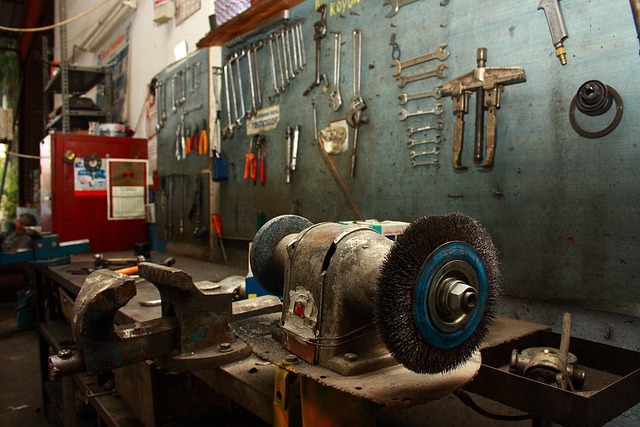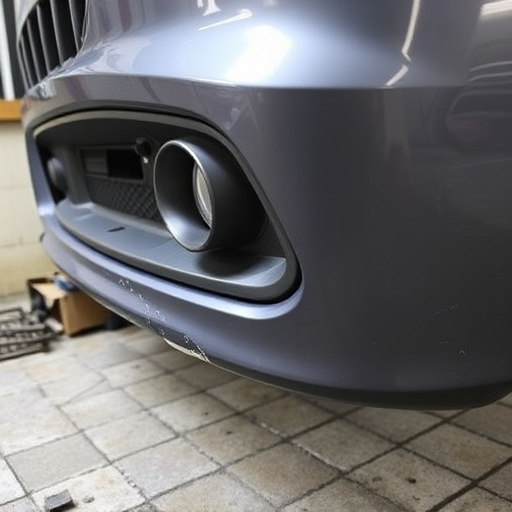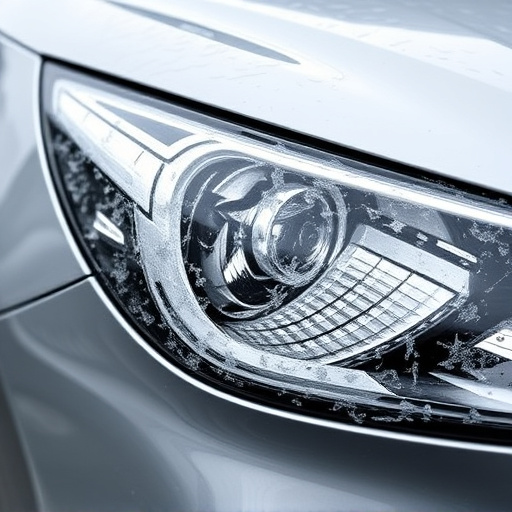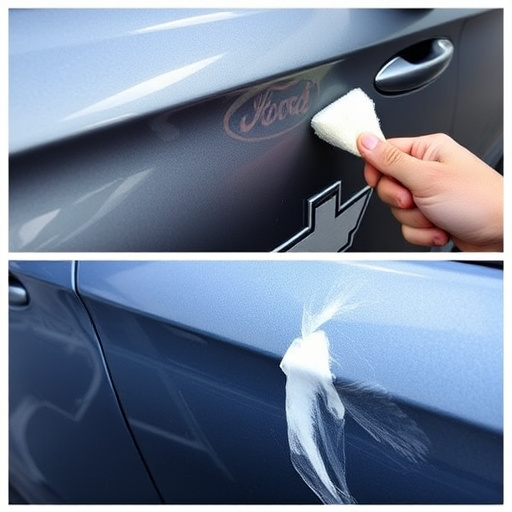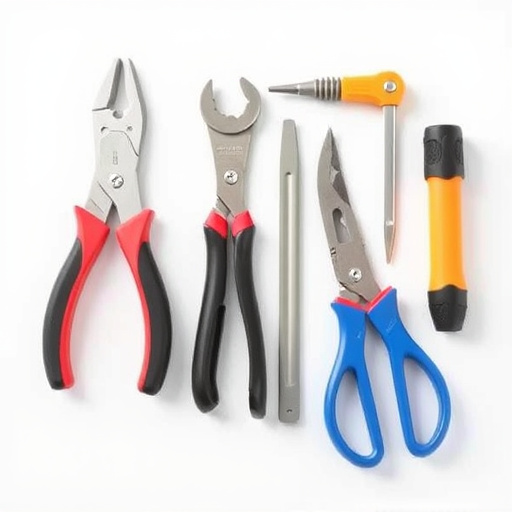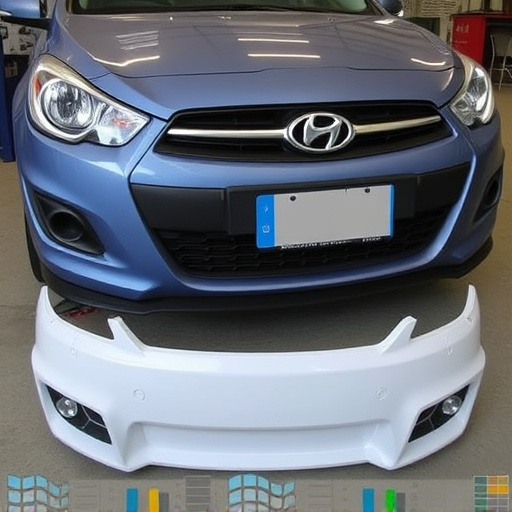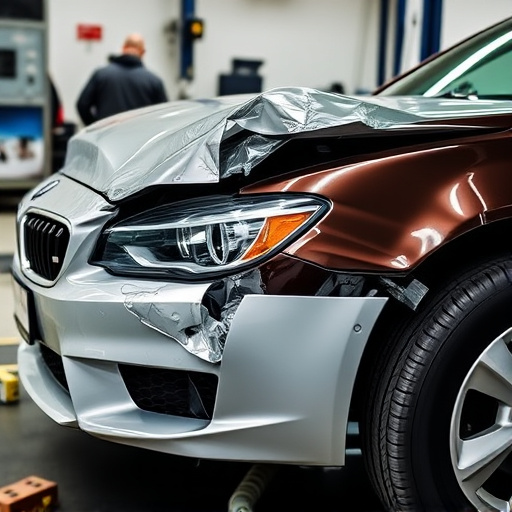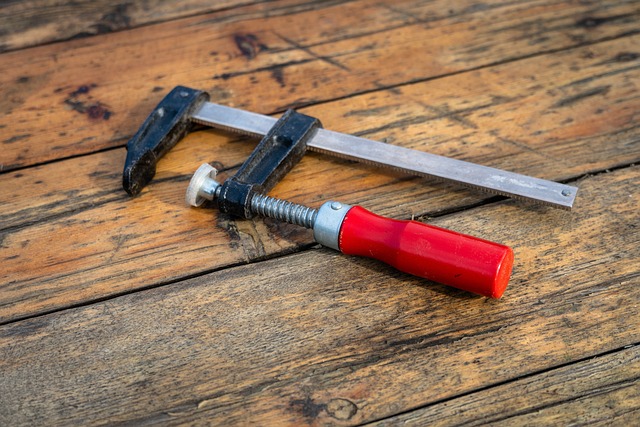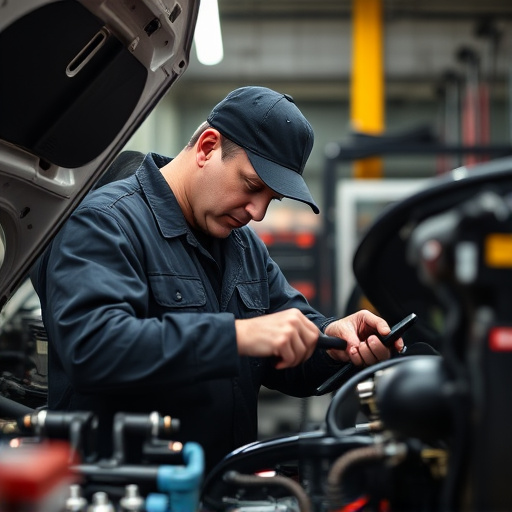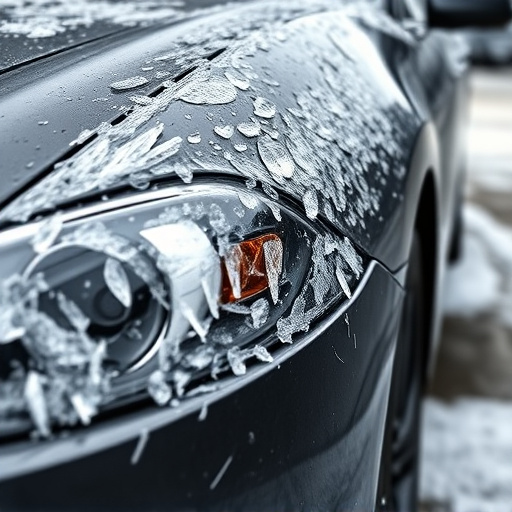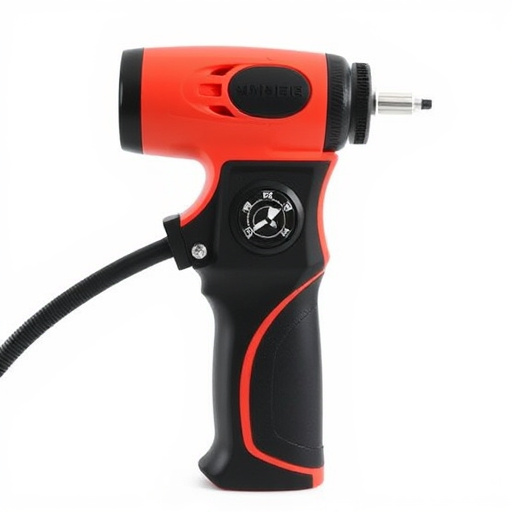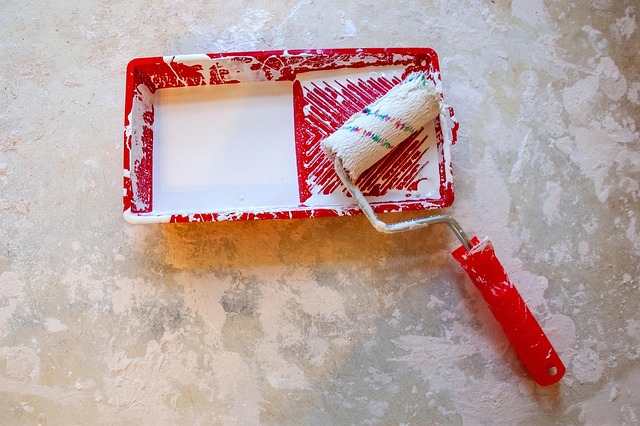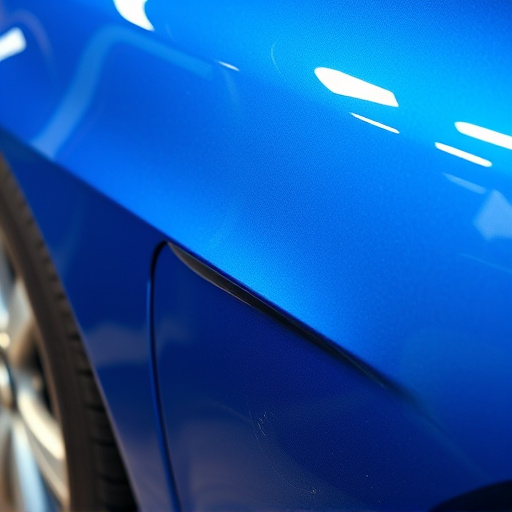Car dent removal varies from paintless repair to extensive fender work, depending on severity. Essential tools include dent pullers, mallets, and clamps. Assess dent size and depth for optimal removal methods using handheld tools or heat guns. Inspect for paint damage after removal and use dedicated kits to repair any scratches before repainting.
Are you looking to fix a car dent without leaving paint damage? This comprehensive guide walks you through understanding different dent types, gathering the right tools and materials, and safely removing dents. Learn how to restore your vehicle’s exterior with minimal impact, ensuring a smooth and professional finish. Discover the step-by-step process for effective car dent removal today.
- Understanding Car Dent Types and Causes
- Tools and Materials for Safe Removal
- Step-by-Step Guide: Fixing Dents Without Paint Damage
Understanding Car Dent Types and Causes
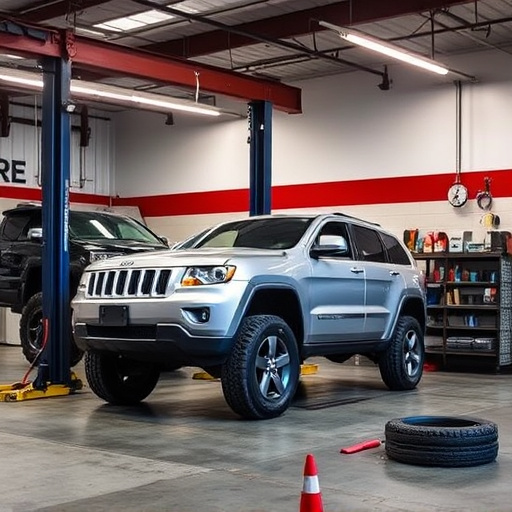
Car dents can range from minor dings to severe damage, and understanding their types and causes is crucial for effective car dent removal. Dents can be categorized into several types, each with its own set of challenges during the repair process. For instance, a dent caused by a minor collision or a door ding may only affect the exterior panel, while a more severe impact could result in deep creases or even paint damage.
The causes of car dents are diverse, from everyday incidents like parking lot collisions and shopping cart dings to more intense events such as road debris, construction site hazards, or animal encounters. Different dent types require specific techniques for repair, including paintless dent removal, where technicians use specialized tools to push the metal back into place without affecting the paint job, or more extensive fender repair involving replacement parts and painting.
Tools and Materials for Safe Removal
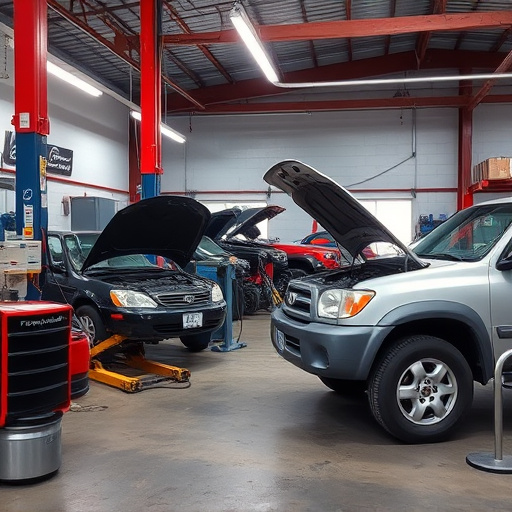
Before you begin the process of fixing a car dent, it’s crucial to gather the right tools and materials. For safe and effective car dent removal, you’ll need items like a dent puller or a rubber mallet, plastic or foam wedges, and a cloth or tacky substance for dust control. Dent pullers are specialized tools designed to pop out dents without damaging the paintwork, making them an essential part of your kit.
Additionally, consider having a set of clamps or suction cups if you’re dealing with more severe dents. These can provide extra leverage and control during the removal process. Remember, proper preparation is key in both car dent removal and broader automotive repair services. Ensuring your workspace is clean, well-lit, and has adequate ventilation will make the task safer and easier for you.
Step-by-Step Guide: Fixing Dents Without Paint Damage
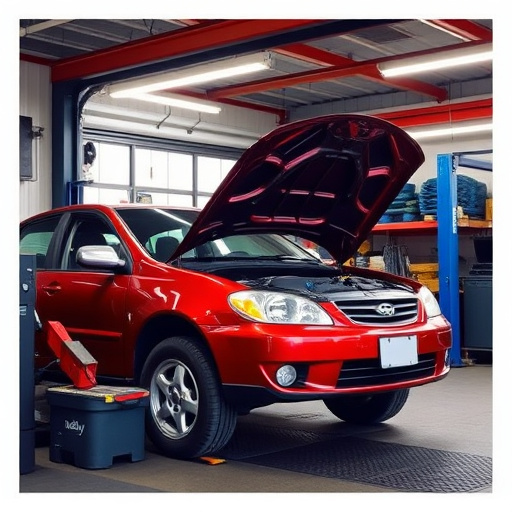
To fix a car dent without paint damage, start by inspecting the dent for its size and depth. If it’s shallow, you might be able to use a handheld tool like a rubber mallet or a dent puller. These tools gently push the dent back into place while minimizing the risk of paint chipping. Begin by inserting the tip of the tool under the edge of the dent, then slide it around the perimeter to pop out the dent.
For deeper dents, consider using a more advanced method like a heat gun or a dry ice blast. Heat guns warm up the metal, making it easier to push back into shape, while dry ice blasts freeze and shrink the dent, allowing for easy removal. After using these methods, always check for any signs of paint damage. If you notice any scratches or chips, address them with dedicated scratch repair kits before applying a fresh coat of paint – think of this as part of your fender repair process to ensure a smooth, collision-free finish on your vehicle.
Fixing a car dent without paint damage is achievable with the right knowledge and tools. By understanding different dent types and their causes, you can prepare effectively. Using safe materials and following a step-by-step guide ensures successful car dent removal, preserving your vehicle’s aesthetic value. With practice, you’ll become proficient in this process, extending the life of your car’s paint job.
